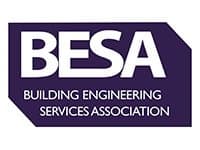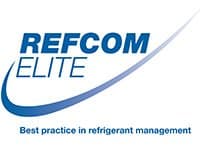Heating zones are areas of a building that have differing heating requirements. Recognising and treating these zones as separate to each other is key to having the most efficient climate control system.
It’s strongly discouraged that you have one control for a whole building, even in a simple domestic setting, because of the likelihood that energy will get wasted. A zoned building will only use energy at the precise time and place it is needed.
Different Zones Have Different Needs
In simple terms, by treating your building as one zone, you risk heating or cooling some rooms by too much or too little. This leads to wasted energy and discomfort for the occupants. You may heat or cool areas that are either rarely occupied, heat them at times of the day when they are empty (such as heating empty bedrooms during the day) or heat areas that already have enough ambient heat such as a busy domestic kitchen or a factory floor.
To give a simple example, a large commercial building may have a reception area by an automatic door, which is in the same zone as some offices. The opening door is likely to lower the temperature in the reception area – you’re either going to end up with a shivering receptionist (if the thermostat is in the offices, the heat being produced will be less than the reception area requires) or if the thermostat is in the reception then there will be too much heat being pumped into the offices, wasting energy. Similar scenarios can be observed between factory floors and offices, or classrooms and gymnasiums.
Intelligent Systems
On a basic level, having a thermostat and control panel for each zone will allow you to manually alter the energy put into each one and therefore lower your energy use marginally. However, a zoned building that has a very precise system, such as VRV or VRF technology, can use an integrated heating and cooling system that will move heat around the building to where it is most needed. So heat extracted from a server room could be moved to warm the air in your office, reducing the amount of energy needed overall to heat and cool your building.
The energy savings from the increased efficiency of a zoned building with an appropriate system will offset a large chunk of the installation costs, as well as giving you a comfortable atmosphere. It’s not easy to recommend from afar the best system for a building without understanding exactly how it is used. If you need some advice about air conditioning installation and design, TEK have the expertise for projects of all sizes and across all industries. Contact us on 0117 952 3355 to benefit from our experience.






